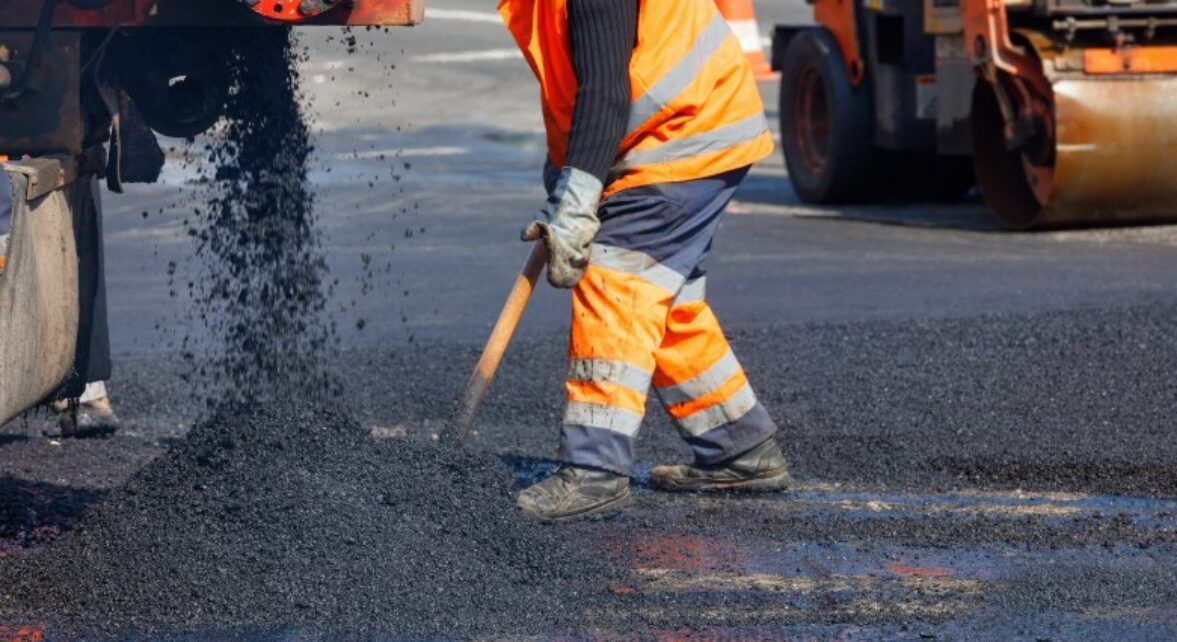In the modern era, the very foundations of commercial infrastructure are shifting or, more accurately, paving the way for innovative change. Gone are the days when a nondescript asphalt slab sufficed for the car parks and sidewalks of commercial properties. Today, advancements in paving technologies offer ingenious means to transform these everyday landscapes into safer, sleeker, and more sustainable spaces.
But what exactly do these innovations entail, and how can they upgrade your commercial domain?
This extensive exploration will detail pioneering commercial paving solutions that are not just changing the face of commercial construction but also marking a critical turning point in eco-friendly, high-efficiency infrastructure.
1. Permeable Paving Technology
Permeable paving is a revolutionary process that allows rainwater to permeate into the ground naturally, rather than flowing into storm drains. It leverages various materials, including concrete, bricks, and stones, with small gaps or pavers that facilitate water infiltration.
The shift towards sustainability has made permeable paving an indispensable tool for commercial properties. By reducing water runoff, it helps manage stormwater, prevents flooding, and recharges underground water tables. Additionally, it can lower the need for expensive drainage systems and prevent pollutants from entering water supplies.
Initial installation may be more involved than traditional paving, as it typically requires compacted sub-layers to support the permeable surface. Maintenance is relatively straightforward, often involving periodic cleaning and replenishment of any lost material in the gaps to ensure proper functionality.
2. Solar-Reflective Paving
Solar-reflective or ‘cool’ commercial paving is designed to reduce the urban heat island effect by reflecting more sunlight and absorbing less heat than traditional paving surfaces. This can lead to significant temperature reductions, especially in densely urbanized areas.
Developed with special pigments, solar-reflective pavements bounce solar energy back into the atmosphere, much like a sunscreen for the Earth. They also emit heat at a higher rate, contributing further to a cooler environment.
In addition to mitigating climate change repercussions, cool paving solutions are a must for areas where shade is limited, such as parking lots or open plazas. This can enhance customer and employee comfort, as well as reduce the associated air conditioning costs.
3. Recycled Material Paving
Recycling is at the core of this paving method, as it repurposes various materials, including reclaimed asphalt pavement (RAP), crushed concrete, and recycled roof shingles. By incorporating these materials, the industry is stepping up its commitment to a circular economy.
Using recycled materials in paving not only contributes to reducing waste but also offers economic advantages. It can result in lower material costs, offset by the credit for materials diverted from landfills, while also reducing the carbon footprint associated with extracting and manufacturing new materials.
Despite the materials being reused, the resulting pavements are of high quality. When properly processed and combined, recycled paving materials can be as durable and functional as their conventional counterparts.
4. Paving Stones and Interlocking Concrete Pavers
Paving stones and interlocking concrete pavers are gaining popularity among commercial property managers due to their versatility and aesthetic appeal. They come in a variety of shapes, sizes, and colours, allowing for intricate patterns and customizable designs that can enhance branding and create a unique atmosphere.
The design of interlocking pavers creates a stronger surface than poured concrete, as each piece is connected to the surrounding pieces. This makes them ideal for high-traffic areas and provides a flexible surface that can withstand shifting and settling of the ground.
The installation of interlocking pavers is meticulous, often requiring professional expertise. Once laid, maintenance is relatively simple, involving occasional re-sanding, sealing to prevent weed growth, and adjusting for any settling.
5. Smart Paving Technologies
The emergence of smart commercial paving technologies has revolutionized the way we think about infrastructure. By integrating Internet of Things (IoT) devices directly into the pavement, properties now have access to real-time data on usage, wear, and damage, enabling proactive maintenance and improved safety measures.
Smart pavements can track vehicle or foot traffic patterns, detect the presence of ice or hazardous conditions, and even change the direction of road markings based on traffic flow. This level of intelligence allows for adaptive and responsive environments.
While incredibly powerful, smart pavements do present integration challenges. Reliable Wi-Fi or Bluetooth connectivity must be maintained, and the cost of installing the necessary sensor networks can be significant.
6. Rubber Paving for Safety and Aesthetics
Rubber paving involves the use of recycled rubber, often from old tires, to create a flexible and durable walking or driving surface. It is an excellent alternative for areas where shock absorption or slip-resistant qualities are necessary.
Rubber paving is particularly beneficial for pedestrian walkways, playgrounds, or sports facilities, as it reduces the risk of injury from falls. The material is less abrasive and provides a more comfortable surface for long-term standing or walking.
The variety of colours and the ability to create custom designs make rubber paving an attractive choice for properties looking to differentiate their spaces. It can be utilized to incorporate corporate colours or logos, contributing to a distinctive brand appeal.
Conclusion
The world of commercial paving is brimming with innovation and possibility. Each of the aforementioned solutions is not just a fleeting trend but a testament to the industry’s commitment to sustainability, safety, and style. The path to implementing these solutions may seem challenging, but the rewards are vast – from attracting environmentally conscious clients to playing a part in forging a greener, more intelligent future.
This comprehensive approach to paving not only boosts the functionality and look of commercial properties but also matches the values driving modern business. Ready to transform your space with innovative paving solutions? Now’s the time to start. Whether you’re a property manager, civil engineer, construction firm, or just keen on the changing infrastructure scene, these methods are worth your attention. Contact industry experts to see how these technologies can be tailored to your needs and make your vision a reality. Your property can shine as a model of sustainability, creativity, and progress in the commercial world.




